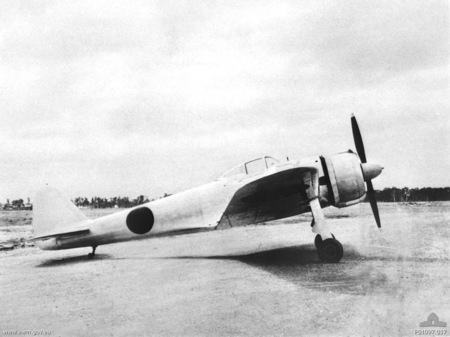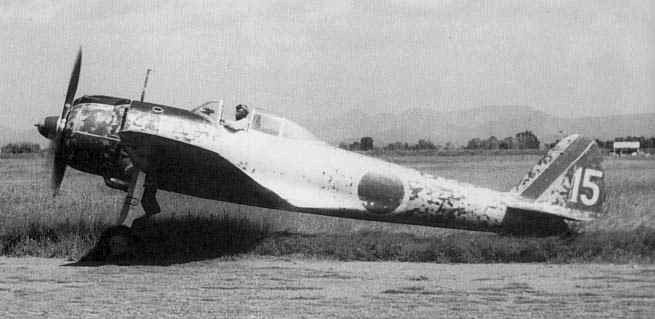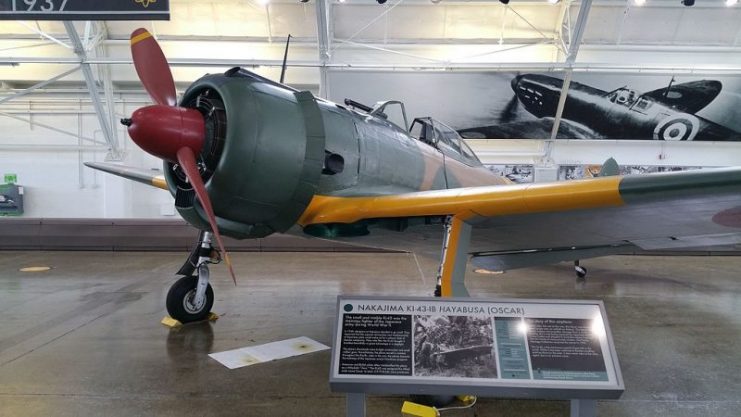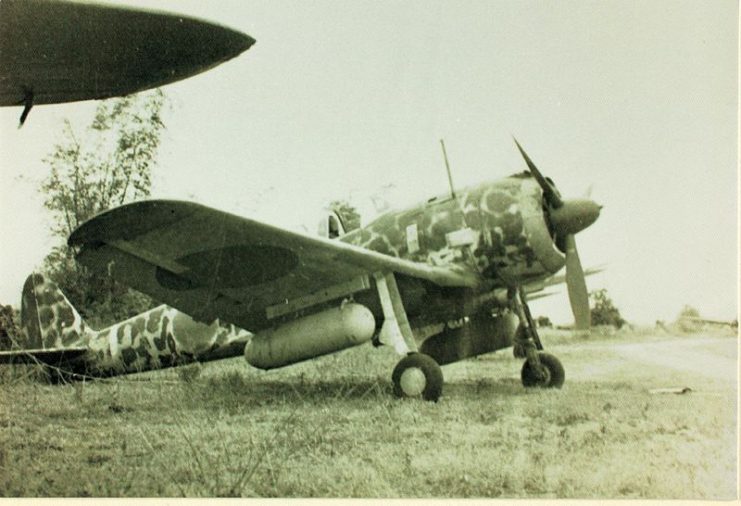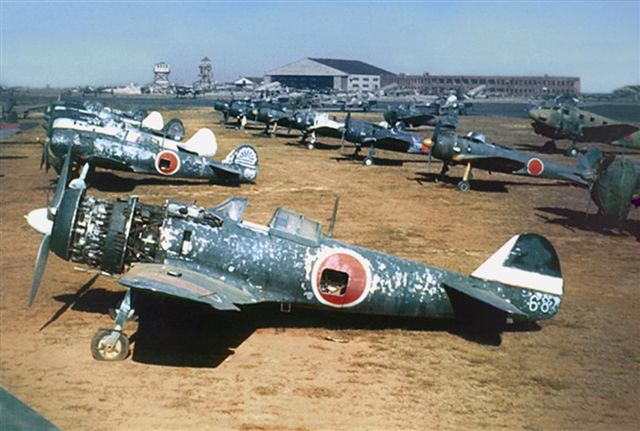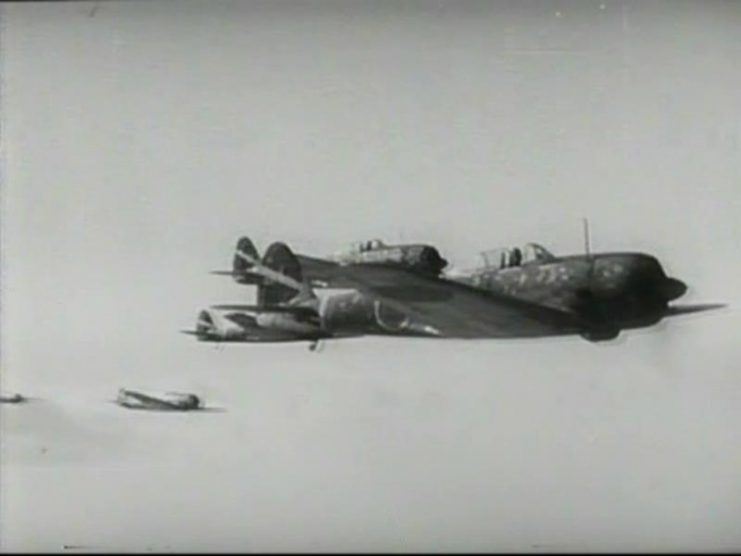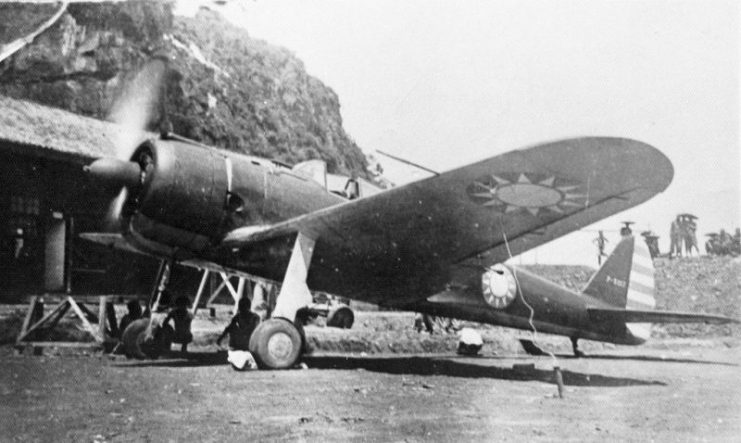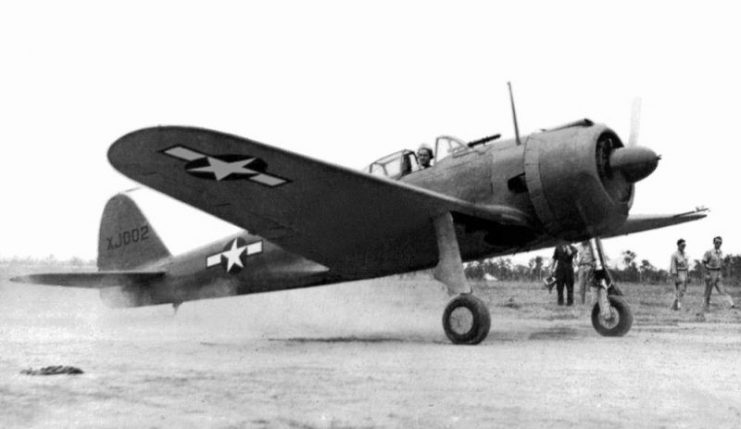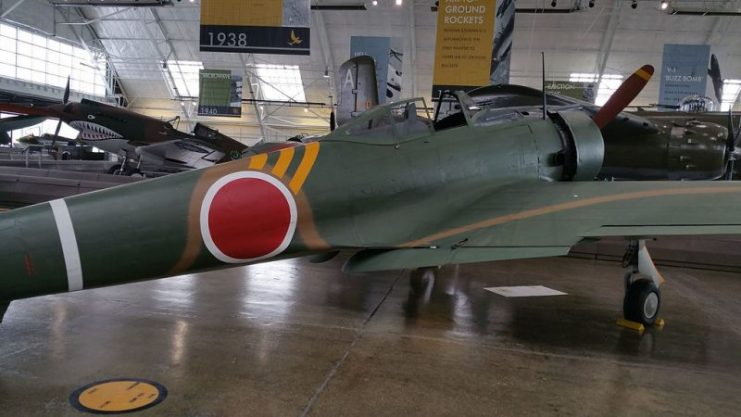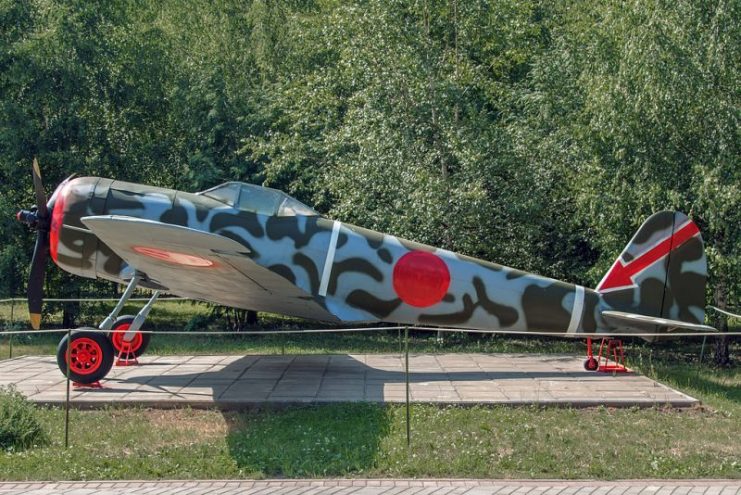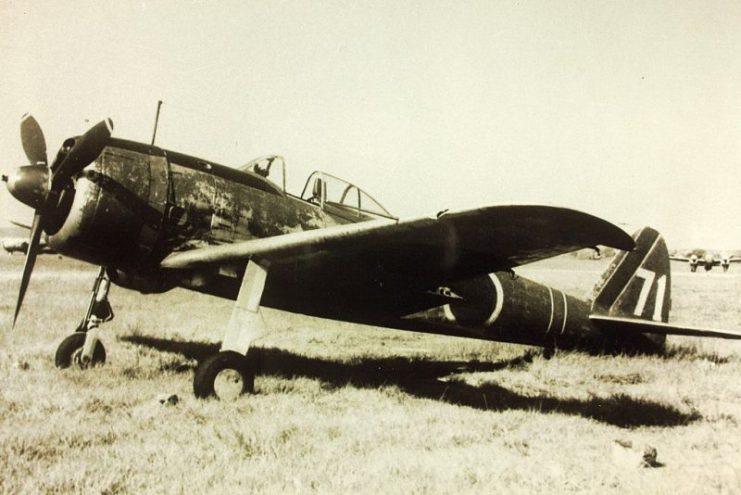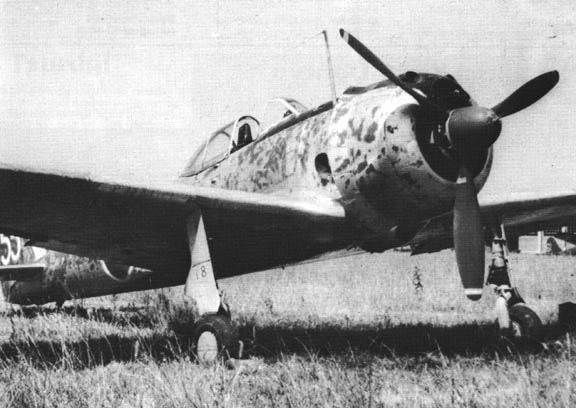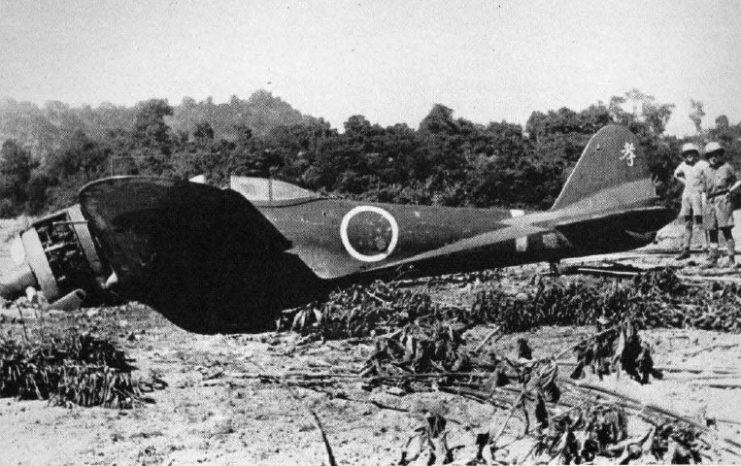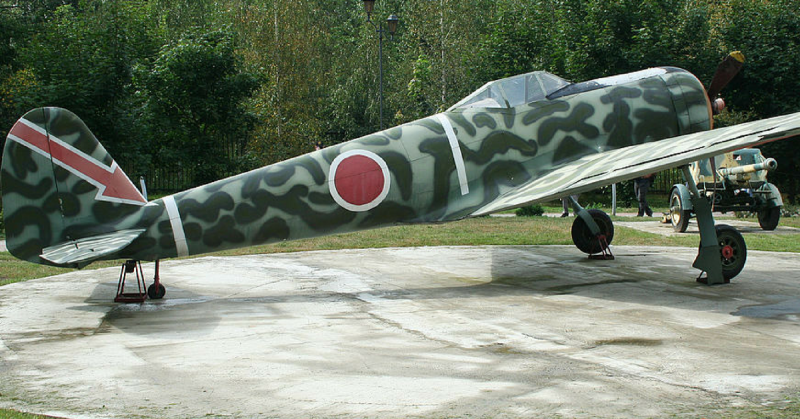The Japanese Nakajima Ki-43 Hayabusa was a relatively slow, lightly armed, and fragile land-based tactical fighter plane, but it became legendary for its performance in East Asia during the early years of the Second World War, and was famous for its extraordinary maneuverability and climb rate during its service with the Imperial Japanese Army Air Service.
Although the Ki-43 was officially reported as Oscar by the Allies, it was often referred to as the “Army Zero” by American pilots, owing to the fact that its layout and lines, Nakajima Sakae radial engine, round cowlings, and bubble-type canopy were features very similar to the Mitsubishi A6M Zero long-range fighter, which served with the Japanese Navy.
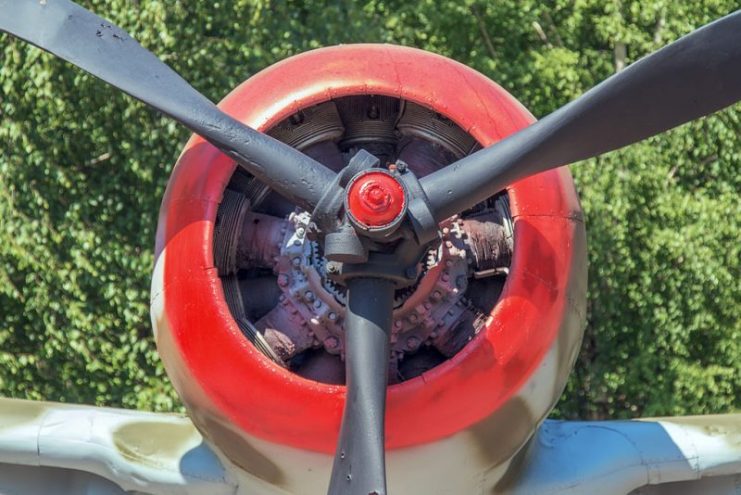
Hideo Itokawa was the designer of the Ki-43, and his achievements would later earn him fame as the pioneer of Japanese rocketry. It is important to note that the Ki-43 story did not start out as a success story.
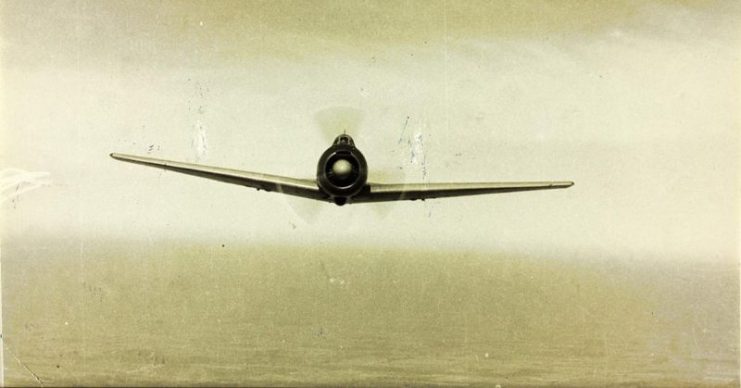
The first flown prototype in early January 1939 was a disappointment as it did not offer better maneuverability than the Ki-27, the purpose for which the Ki-43 had been made.
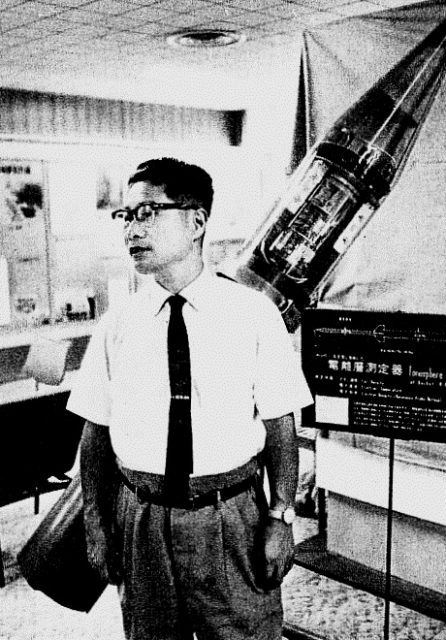
To correct the manueverability problems, subsequent prototypes were produced between 1939 and 1940. Major changes were made and many field tests were executed. Experimental changes included a slimmer fuselage, a new canopy, and the introduction of Fowler flaps to improve the lift of the plane’s wings at a certain speed. The Fowler flap was implemented on the 11th prototype and brought about a dramatically enhanced performance in tight turns.
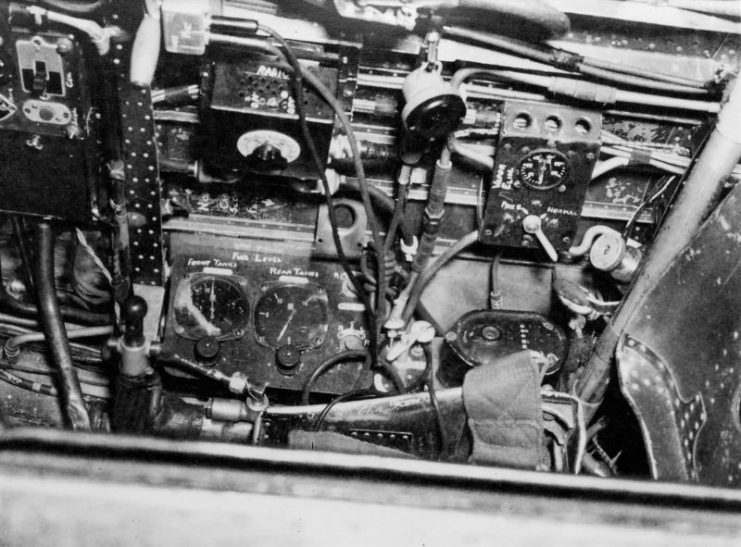
The 13th prototype combined all these changes, and tests conducted with this aircraft ended satisfactorily. Thus, the Nakajima Aircraft Company was instructed to place that prototype, which was designated Ki-43-I, into production.
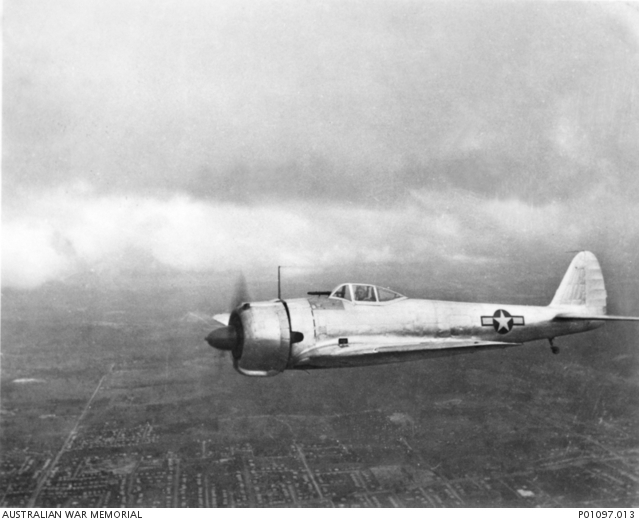
The Ki-43-I had an amazing maneuverability and remarkable climb rate owing to its light weight. It was powered by a Nakajima Ha-25 engine, and its maximum speed was 307.5 mph at 13,160 ft.
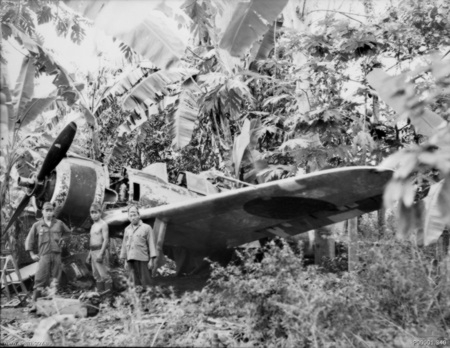
Prototypes for the Ki-43-II had their maiden flights in February 1942. They came with the more powerful Nakajima Ha-115 fourteen cylinder air-cooled radial engine, which was an upgrade from the Ki-43-I’s engine. The wing structure of the Ki-43-I was strengthened in the Ki-43-II, and racks were added to the wings for drop tanks or bombs. Its speed also increased to 333 mph and its climb rate to 3,900 feet per minute.
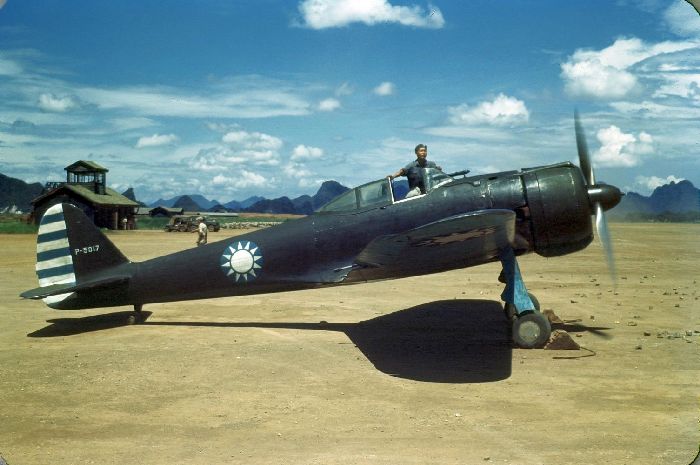
It was equipped with an armament consisting of two fixed, forward-firing 12.7 mm Ho-103 machine guns in the cowl, and two 551 lb bombs.

It had a self-sealing fuel tank and a .5″ armor plate to protect the pilot’s head and back. Its canopy was slightly taller, and a reflector gunsight replaced the telescopic gunsight of the earlier prototype.
By November 1942, production of the Ki-43-II began at Nakajima’s Ota factory.
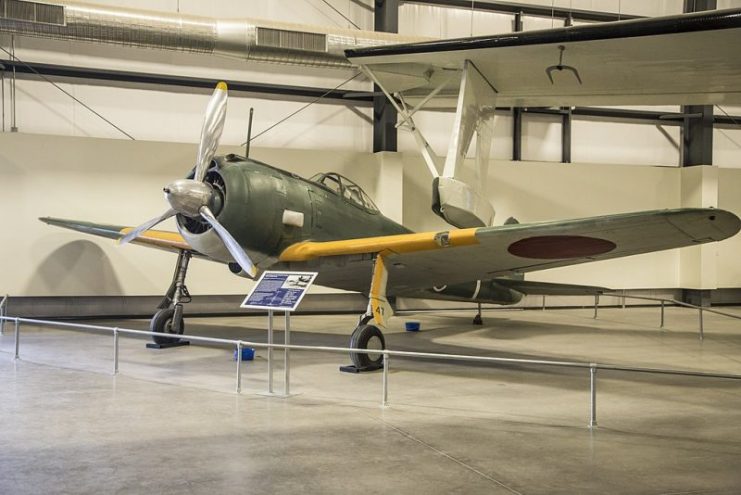
The Nakajima was the most widely used fighter in the Japanese Army Air Force (JAAF) and fully equipped both the 30 Sentai Flight Regiment and 12 Chutais Independent Squadron. The first unit to be equipped with them was the 59th Flight Regiment, whose Ki-43s made their debut operational sorties across the skies of Hengyang on 29 October 1941.
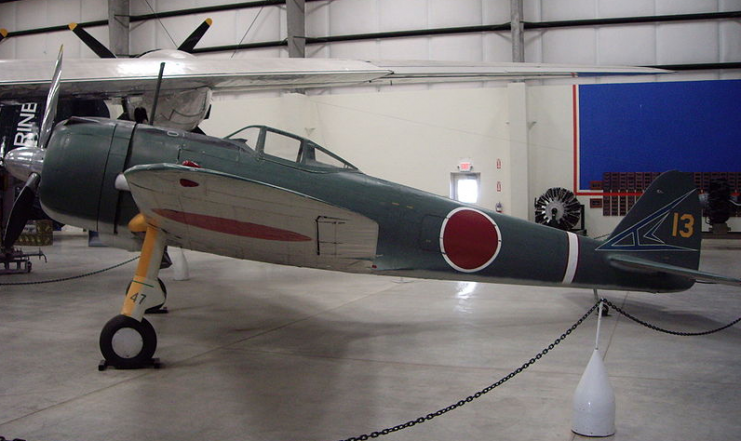
Ki-43s fought over the skies of the Japanese home islands, China, the Malay Peninsula, Burma, the Philippines, New Guinea, and other South Pacific islands.
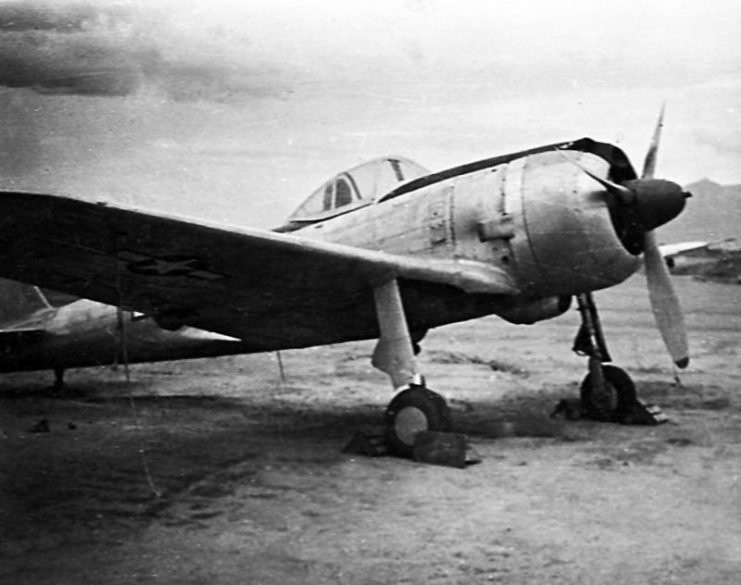
During their first combat experiences, the Ki-43 exerted some aerial superiority in Malaya, Netherlands East Indies, Burma and New Guinea just as the Zero did, but as the war got more intense, its light armor and less efficient self-sealing fuel tanks would be its weaknesses, causing several losses and casualties. Its machine guns could barely penetrate the heavily armored Allied planes.
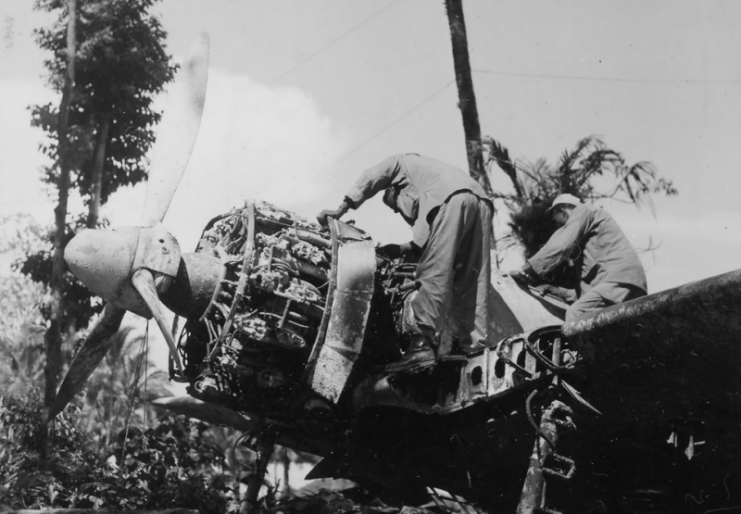
From October to December 1944, 17 Ki-43s were downed, but to their credit, they scored a total of 25 kills, claiming the fall of Allied aircraft such as the C-47, B-24 Liberator, Spitfire, Beaufighter, Mosquito, F4U Corsair, B-29 Superfortress, F6F Hellcat, P-38, and B-25.
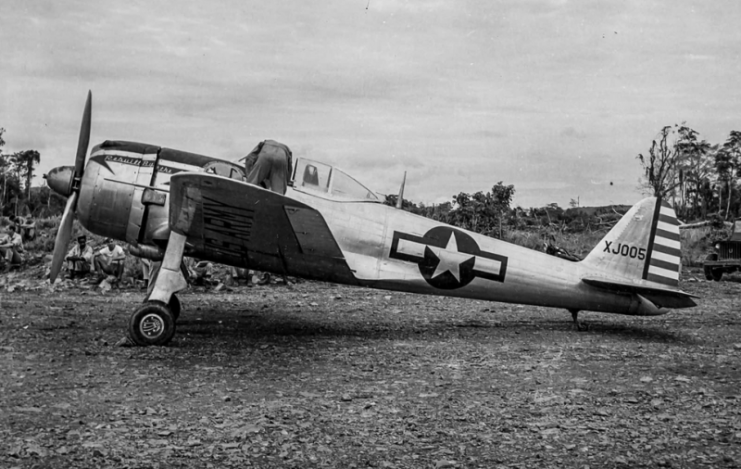
Towards the end of their time, several Ki-43s, just like many other Japanese aircraft, were expended in kamikaze strikes.
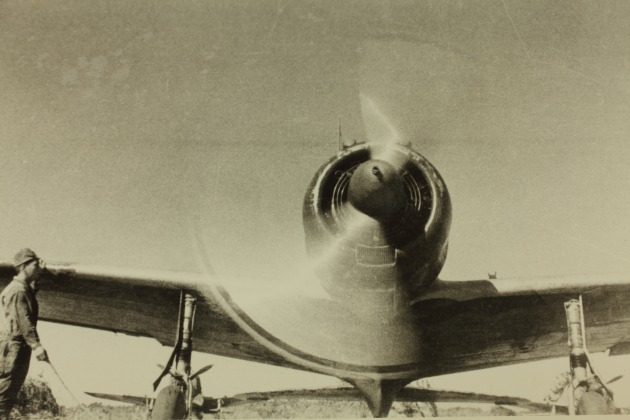
By the time of its retirements, in 1945 in Japan and 1952 in China, a total of 5,919 Nakajima Ki-43s had been built, with 13 variants.
